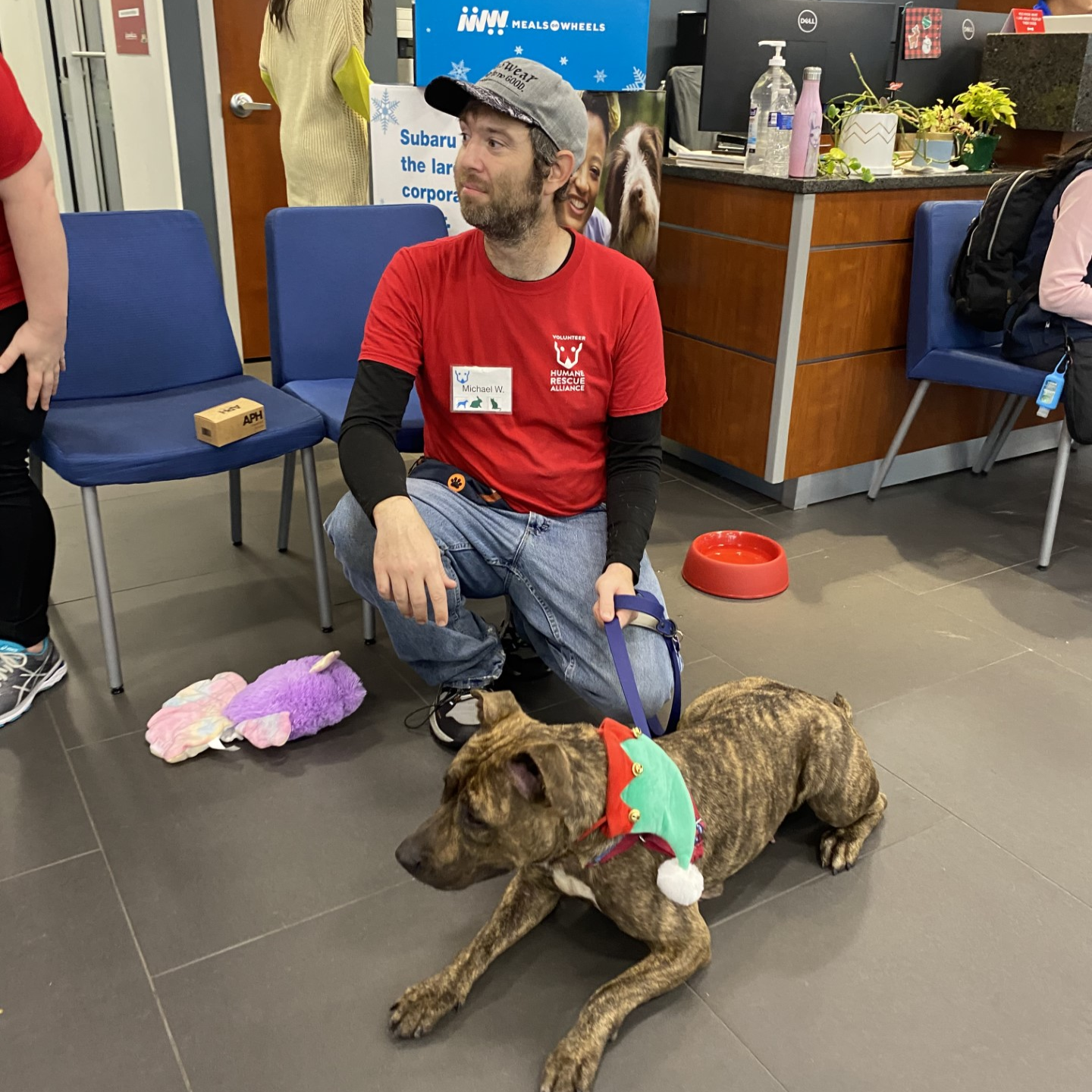
Enthography of Anime Fans | Thesis Part 3
A look at the first hand ethnographic experiences of anime fans.
13 Aug 2024
Series Contents
This series is a summary of my Master’s Thesis The Triad of Narrative Identity (Full Text).
- Anime, Stories, and Identity
- Triad of Narrative Identity
- Ethnography of Anime Fans < – You are here
- Anime and the Narrative Triad
- Anime, Stories, and Identity Conclusion
-- Participant Katy
When we study anime fandom, we step into a vibrant world full of shared stories, creativity, and connection. This ethnographic section explores the lived experiences of anime fans, offering insight into how they “do anime” and build identities through their shared passion.
Over a year and a half of immersive fieldwork in Houston, Texas, I engaged deeply with anime fans across various settings. This included formal interviews, casual conversations, conventions, and informal gatherings. As an insider-outsider — a fan myself but not deeply entrenched — I sought to give fans a platform to tell their own stories, challenging stereotypes and highlighting the diversity of their experiences. I joined fans at conventions, meetups, casual gatherings, and clubs to understand how anime shapes their social worlds and personal narratives.
Social Arenas of Fandom
Anime fandom thrives in a variety of social spaces, both formal and informal. These arenas highlight the communal and performative aspects of fandom.
1. Informal Gatherings
Anime happens anywhere fans connect. Conversations might start casually over a shared interest, like Robin’s chance encounter about a Soul Eater cosplay, or Jason’s gatherings to watch subtitled Robotech in the 1980s. These spontaneous interactions often deepen into broader discussions about anime culture and storytelling, with fans swapping recommendations and experiences.
2. Meetups and Clubs
Organized fan meetups bring together like-minded individuals, often through platforms like Meetup.com. For fans like Alex, these gatherings provided a lifeline during periods of transition, offering not only anime-related discussions but also a supportive community.
Student-led clubs, like the University of Houston’s Anime No Kai, combine activities like viewing parties, creative showcases, and social events. These groups also take on larger missions, such as fundraising for disaster relief, showcasing the communal and altruistic spirit within fandom.
3. Conventions
Conventions represent the pinnacle of anime fandom, offering a mix of merchandise, panels, and social interaction. Fans flock to these events to “geek out without judgment,” celebrate shared interests, and connect with creators and celebrities.
Key convention highlights include:
- Merchandise: From studio booths to homemade crafts, fans collect items that reflect their love for anime.
- Panels and Exhibitions: Organized discussions and workshops delve into topics like manga drawing, voice acting, and fanfiction.
- Celebrity Guests: Voice actors, directors, and creators draw large crowds eager for autographs and Q&A sessions.
Conventions serve as both performance spaces and networking hubs, where fans showcase their creative work and deepen their sense of belonging.
The Ritual of Cosplay
Cosplay is a defining feature of anime fandom, blending art, performance, and identity. Fans dress as their favorite characters or create original personas inspired by anime archetypes. This practice allows them to express their love for anime while engaging with others in a uniquely visual and performative way.
Why Fans Cosplay
- Creative Expression: Many fans see cosplay as a form of art, crafting costumes and props from scratch.
- Connection: Cosplay fosters social interaction, creating opportunities for fans to bond over shared passions.
- Identity Exploration: For some, cosplay offers a way to “become someone else,” providing a therapeutic release from everyday stress.
Types of Cosplay
- Character-Based Cosplay: Fans recreate specific characters, emulating their mannerisms and backstories.
- Avatar Play: Others design entirely original personas, blending elements from various anime worlds.
- Archetype Play: Fans adopt broader character types, like the “Mentor” or “Eternal Child,” to craft unique yet recognizable identities.
Cosplay often defies gender norms, with women frequently portraying male characters due to anime’s androgynous aesthetic. For all its variety, cosplay unites fans in a shared celebration of anime’s visual and narrative richness.
Anime as a Social Connector
Across these arenas, anime serves as a powerful social connector. Fans use shared symbols, gestures, and language to identify and interact with one another. As Katy put it, “It’s just a way to take what I love and put it everywhere.”
For many, anime fandom offers more than entertainment—it provides a sense of belonging. Fans like Alex and Sarah found community through meetups and conventions, while others, like Robin, embraced anime as a way to hold onto childhood joys.
The Full Picture
This post only scratches the surface of the rich ethnographic data gathered during this study. The full thesis includes detailed quotes, deeper analysis, and specific case studies that illuminate the diverse experiences within anime fandom. If you’re intrigued by the intersections of storytelling, identity, and performance, I encourage you to download the thesis for free and dive into the complete ethnographic narrative.
I may also return to this topic in future posts, breaking down specific aspects of the ethnography—such as cosplay or conventions—for further exploration.
Next up is Anime and the Narrative Triad





